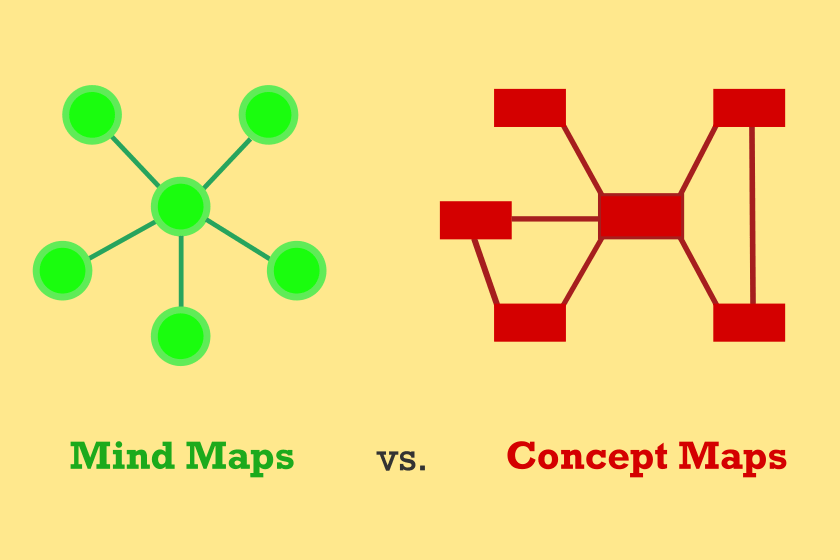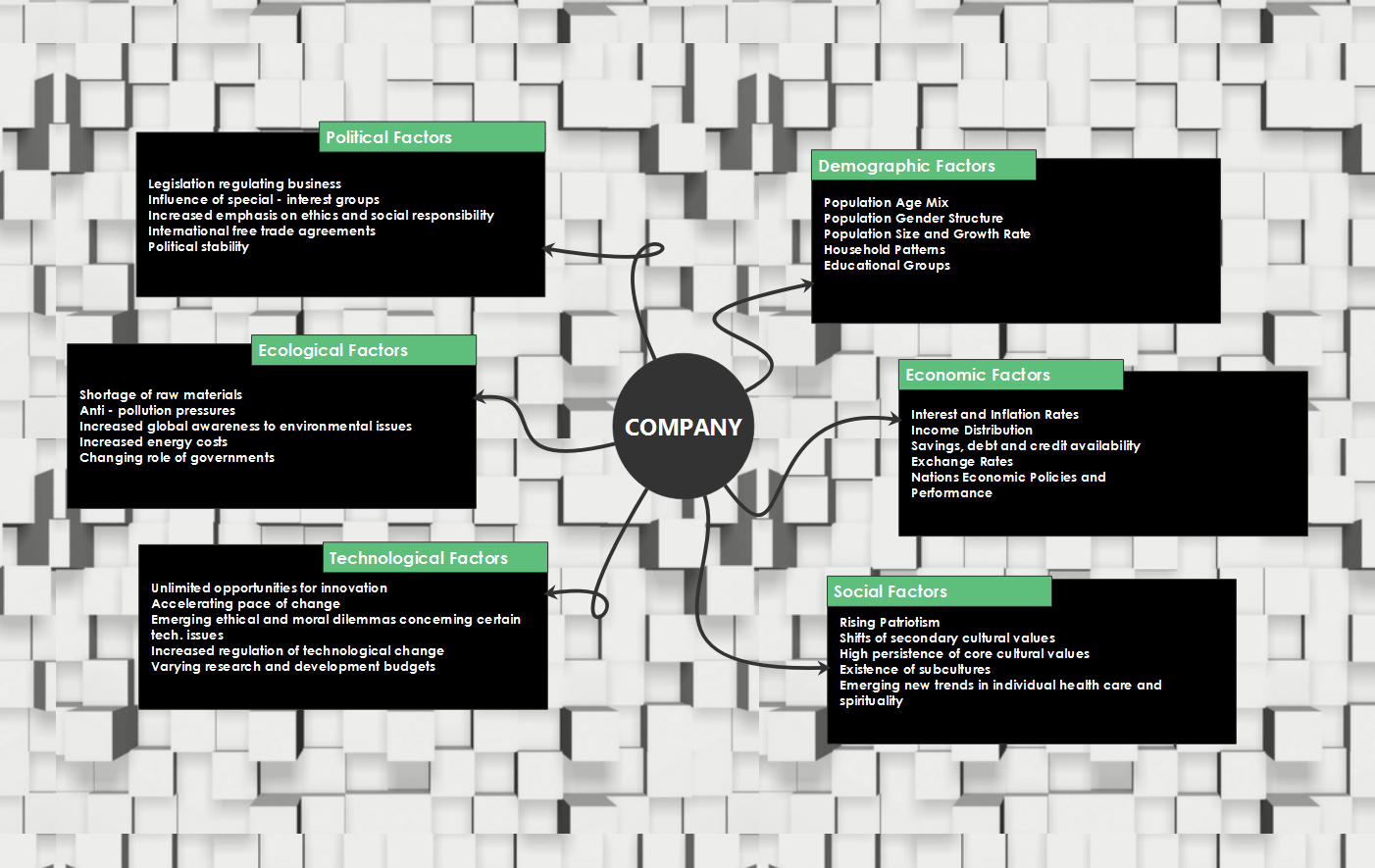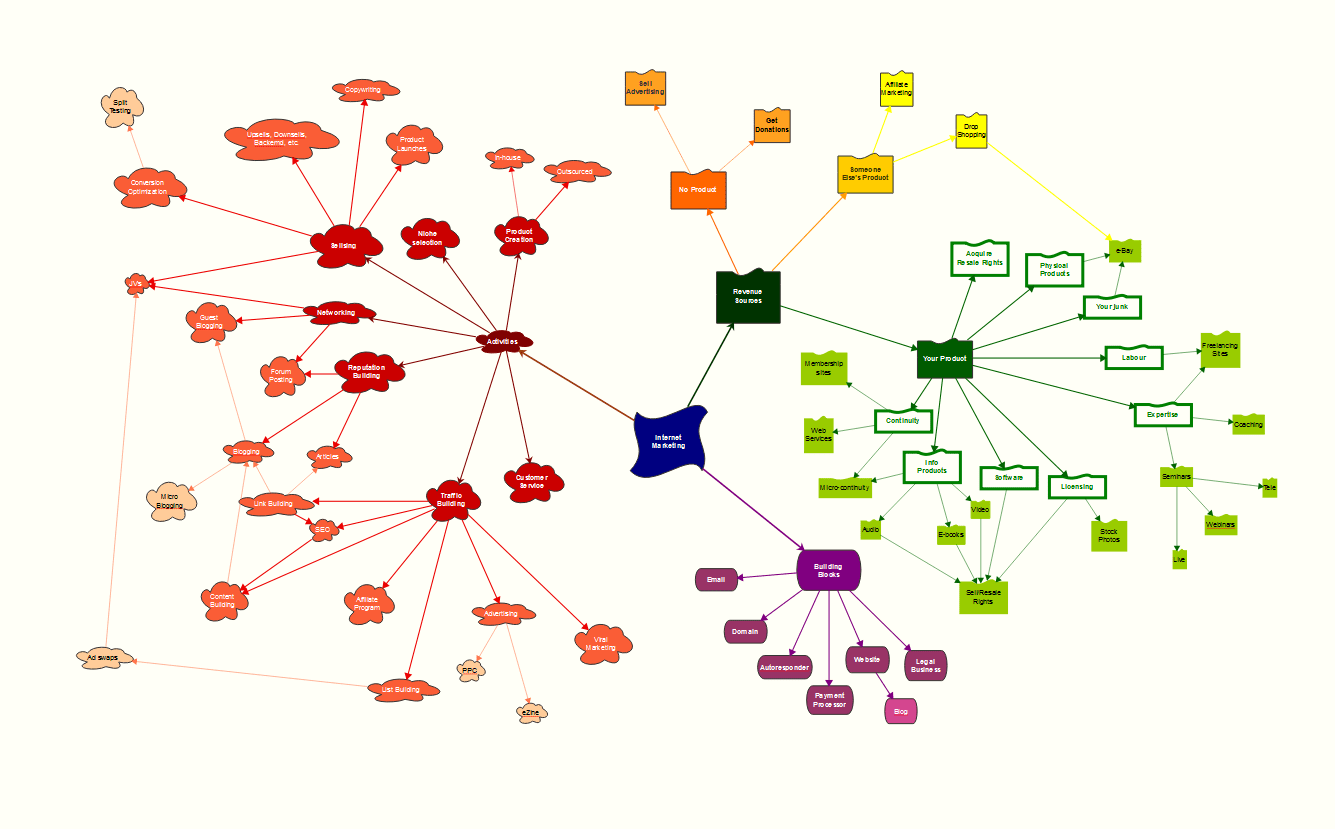People often struggle to understand the real differences between concept mapping and mind mapping. Although they seem very similar, these two concepts differ from each other as they are represented by distinct structures and serve different purposes.
We will describe each mapping technique separately by emphasizing its unique characteristics, however, firstly, here is a little introduction about the origins of both mapping techniques.
Concept mapping is a technique that was introduced in the 1970s by the American professor and science researcher Joseph D. Novak. In particular, this technique was used for learning and teaching.
On the other hand, the first traces of diagrams similar to mind maps are noticed back in the 3rd century, however, the British psychology author Tony Buzan popularized the term ‘mind mapping’ in 1974. Mind mapping was used for ‘mapping’ information.
What is a Mind Map?
Mind maps are diagrams that are primarily used for generating and exploring ideas, brainstorming, creative thinking, and organizing information.
It is vital to understand that mind maps revolve around one main focus topic which branches out in nodes in a center-out hierarchical structure. Each different node represents a specific subtopic described with symbols and images, which can be further elaborated and branched. When mind mapping, aside from branching out the subtopics, it is possible to randomly add words or sentences as independent clouds. This characteristic makes mind maps more personal than concept maps.
Generally, to some extend mind maps diagrams can be flexible, but they are always radial, i.e. they are radiating from a shared center. As opposite to concept maps where there can be more key topics that are branched out separately and at the same time interlinked with other topics, mind maps represent a central topic that expands in a few subtopics that are also branched out separately but not interlinked with other topics.
If one has aspirations to expand its creative horizons and its self-expression and wants to brainstorm and generate ideas more quickly, then mind maps could be the right solution.
What is a concept map?
Concept maps are primarily used for organizing and visualizing tacit knowledge, analyzing complex problems, identifying solutions, and taking action. They encapsulate a larger and more complex amount of information and are also used for explaining how these complex concepts relate to each other.
Therefore, it is important to emphasize that concept maps are more factual as they identify more main concepts and the systematic and complex relationships between them. One important difference between mind mapping and concept mapping is that concept maps include cross-connections between concepts that are described with ‘action verbs’ such as, contributes to, causes, requires, leads to, etc.
Concept maps are organized in a top-down hierarchical structure and are used to show multiple complex concepts and the relationships and cross-connections between them. In this regard, the topics featured in a concept map can have more parent and child topics while a mind map can have only one parent topic.
How to decide which technique is better?
We are comparing mapping techniques that, in reality, are different from each other and are used for distinct purposes. Therefore, according to the needs, people might find one or the other more suitable in several settings.
Firstly, one needs to identify their necessities and goals and then explore both mapping techniques in order to decide which of the two better suits them.
About the author
Kristina Gjorgievska, a content writer and translator. Eternal inspiration: magical Italy, Jim Morrison’s poetry, Bernardo Bertolucci’s timeless “Stealing Beauty”, the dynamic and meditative Ashtanga Yoga. You can connect with Kristina on LinkedIn.







